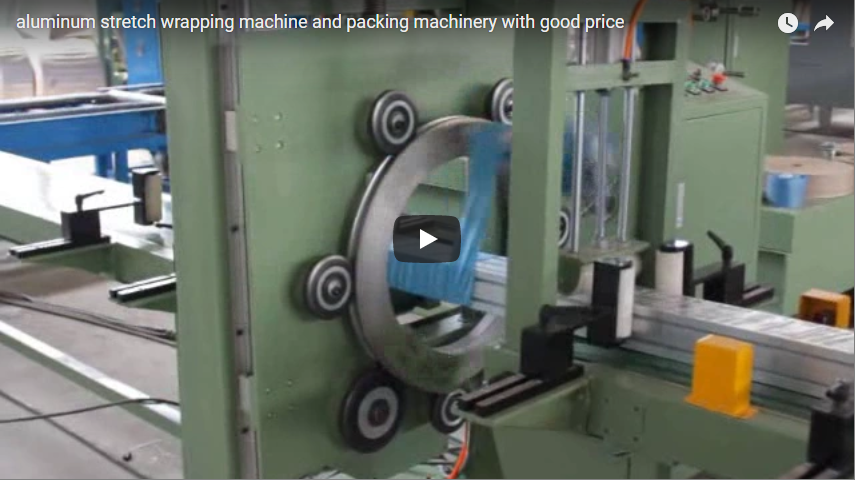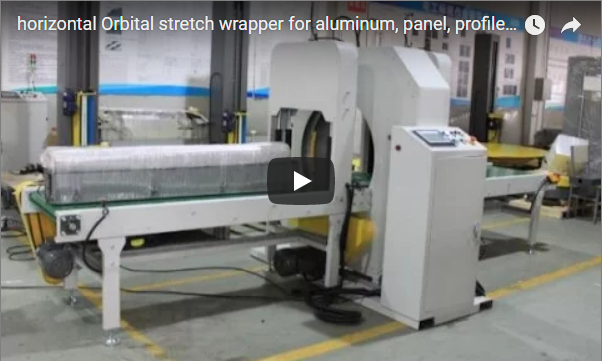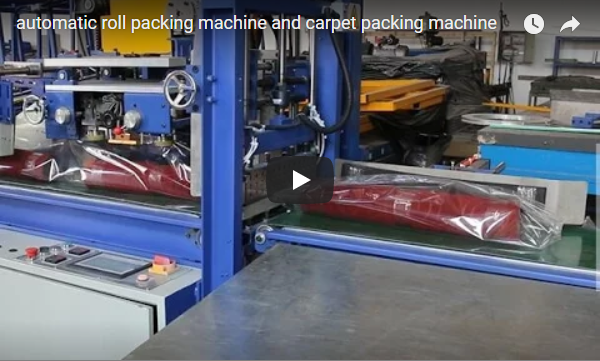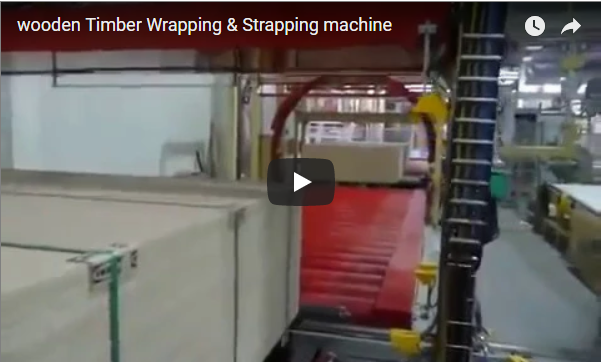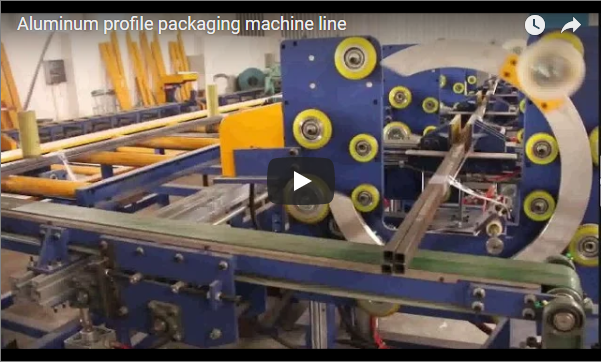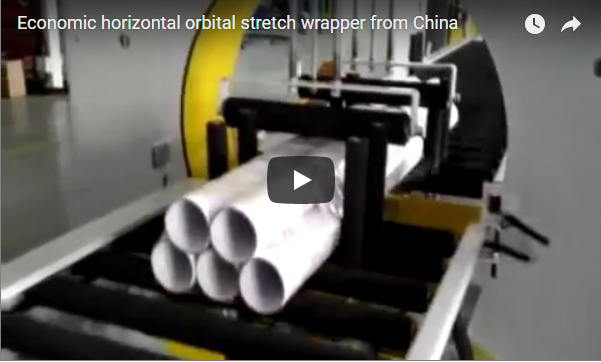Why Choose an Automatic Horizontal Wrapping Machine for Boards and Cabinets?
Have you faced issues with damaged boards and cabinets during transportation? Poor packaging can lead to costly damage, affecting your reputation and profitability. A reliable solution is urgently needed.
An automatic horizontal wrapping machine effectively secures boards and cabinets, providing consistent wrapping that protects against dust, moisture, and physical damage. It's ideal for safely transporting and storing furniture and construction products, saving you from unnecessary losses and maintaining your product integrity throughout logistics processes.
Let's dive deeper into how this advanced packaging machine can transform your operations.
How Does a Horizontal Wrapping Machine Protect Boards and Cabinets?
Damage from dust, moisture, and rough handling often ruins valuable cabinets and boards. Traditional manual wrapping methods can't guarantee uniform protection, causing frequent quality issues and customer dissatisfaction.
Horizontal wrapping machines automatically apply uniform layers of protective film around boards and cabinets, completely sealing them against moisture, dust, and minor physical impacts. This reduces transportation damage and enhances product appearance upon delivery, making it a trusted solution for furniture and construction industries seeking dependable packaging methods.
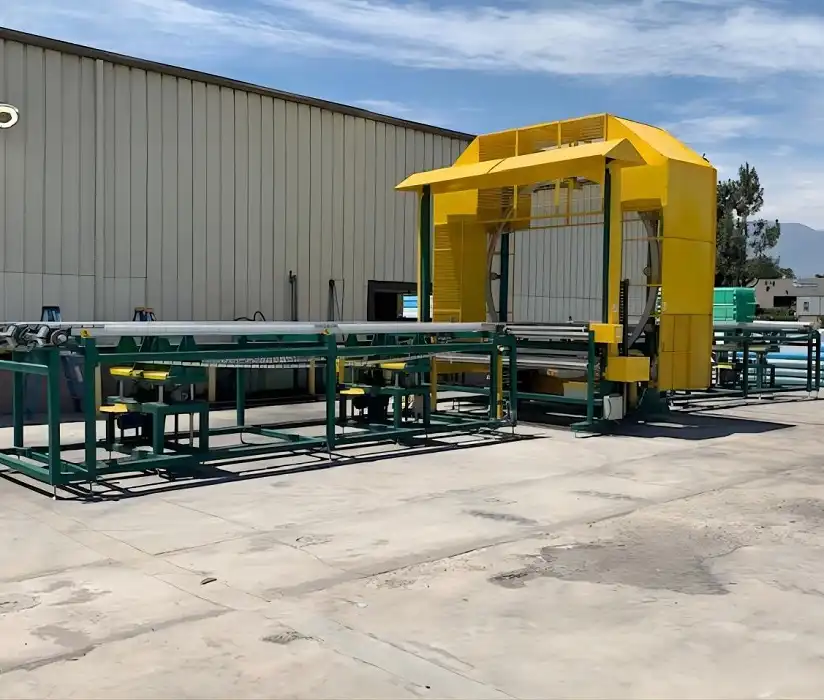
Understanding the Wrapping Process for Optimal Protection
To get the most from horizontal wrapping machines, understanding the wrapping process is essential. Below, I detail the critical steps involved and their protective roles:
| Wrapping Step | Action Details | Protective Benefits |
|---|---|---|
| Product Placement | Items placed onto the conveyor system | Ensures proper alignment for uniform wrapping |
| Upper Presser Activation | Top presser stabilizes products | Prevents movement, allowing tight film coverage |
| Wrapping Start (Film and Belt) | Wrapping commences with controlled tension | Provides consistent coverage and secure sealing |
| Film and Belt Cutting | Automatic precise cutting at required length | Ensures neat finish, preventing loose ends |
| Conveyor Outfeed | Wrapped product smoothly exits the machine | Minimizes handling and potential damage |
The automated sequence ensures consistent quality wrapping every cycle. For example, the upper presser secures cabinets firmly, eliminating shifts that could leave gaps in the film. By automating film cutting, no excess material remains, keeping packaging neat and cost-effective. Consistent wrapping tension achieved automatically ensures products are tightly protected without manual adjustment errors. Investing in such machinery has significantly reduced damage reports for my customers, boosting both their reputation and mine.
What Materials Are Used for Wrapping Boards and Cabinets?
Have you struggled to select the right wrapping materials for your boards and cabinets? Using inappropriate wrapping materials often results in poor protection, allowing damage from moisture and dirt during transport.
Horizontal wrapping machines typically use stretch films like polyethylene (PE) and woven belts for wrapping boards and cabinets. PE film offers excellent moisture and dust protection, while woven belts reinforce structural integrity and provide extra durability, making these materials ideal choices for safeguarding your products in challenging transportation environments.
Comparing Wrapping Materials for Best Results
Selecting the right wrapping material is crucial to product protection and cost efficiency. Here’s a comparison of two common wrapping materials used in horizontal wrapping machines:
| Material Type | Characteristics | Benefits | Drawbacks | Ideal Applications |
|---|---|---|---|---|
| Polyethylene Film | Flexible, moisture-proof, dust-tight | Excellent moisture protection, flexible, cost-effective | Less puncture-resistant alone | Cabinets, doors, furniture panels |
| Woven Belt | Strong, durable, tear-resistant | Reinforces structural integrity, highly durable | Limited moisture protection by itself | Heavy or large boards, furniture |
Using both materials together creates an optimal wrapping solution. The PE film acts as a moisture barrier and dust shield, essential for delicate surfaces such as lacquered cabinets or laminated boards. Woven belts reinforce the package’s structure, ensuring boards remain stable and securely bundled, especially crucial during rough handling or stacking during transportation. In my personal experience, using combined wrapping materials drastically reduced complaints from clients regarding damaged products, improving my relationships and credibility in the industry.
Can Horizontal Wrapping Machines Improve Production Efficiency?
Are your manual packaging processes causing bottlenecks and delays in your production line? Traditional manual wrapping methods are labor-intensive, slow, and inconsistent, hurting your overall efficiency and increasing operational costs.
Automatic horizontal wrapping machines significantly enhance production efficiency by automating the entire packaging process. They quickly wrap products uniformly, minimizing downtime between packaging cycles and reducing labor requirements. These efficiency gains directly translate into higher productivity, lower operational costs, and improved profitability for your manufacturing operations.
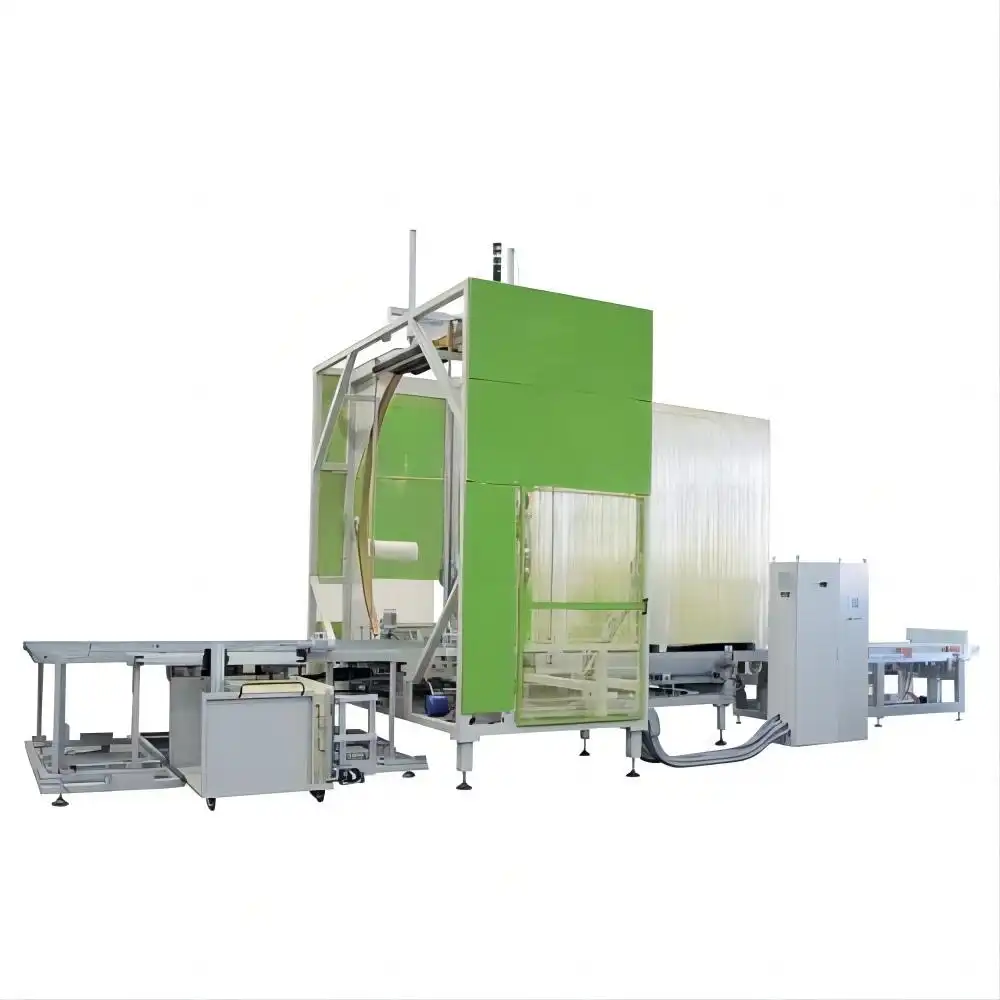
Quantifying Efficiency Gains from Automation
To demonstrate how automatic horizontal wrapping improves efficiency, I analyzed several key metrics in a typical packaging operation:
| Performance Metric | Manual Wrapping | Automatic Wrapping Machine | Efficiency Improvement |
|---|---|---|---|
| Wrapping Time per Unit | 6-10 minutes | 1-2 minutes | 80% faster |
| Labor Required | 2-3 workers | 1 operator | Up to 67% less labor |
| Consistency of Wrapping Quality | Variable (human-dependent) | Consistent (machine-controlled) | Significant improvement |
| Overall Productivity per Shift | 50-60 units | 200-250 units | 300%-400% increase |
The table above clearly illustrates the dramatic improvements automation brings. Manual wrapping typically requires two or more workers to stabilize, wrap, and seal each product, often leading to inconsistent quality. Automation enables a single operator to oversee the entire wrapping process, freeing staff for more critical tasks elsewhere. The machine's consistent wrapping quality ensures uniform packaging every time, greatly enhancing product presentation and protection.
When I upgraded to automated packaging, my manufacturing throughput quadrupled almost immediately. These improvements made our production far more predictable and cost-efficient, resulting in significant competitive advantages. My customers also noticed these benefits, praising our improved service reliability and faster deliveries.
Conclusion
Choosing an automatic horizontal wrapping machine for boards and cabinets is a strategic decision that enhances product protection, optimizes material usage, and significantly boosts production efficiency. By eliminating manual wrapping inconsistencies, you can dramatically reduce product damage, streamline operations, and improve customer satisfaction. Based on my own experiences at FHOPEPACK, investing in advanced wrapping automation is one of the most impactful decisions you can make for your manufacturing business. Whether you’re protecting high-value cabinets or ensuring boards reach customers in pristine condition, automatic horizontal wrapping machines deliver the performance and reliability needed to excel in today’s competitive market.

